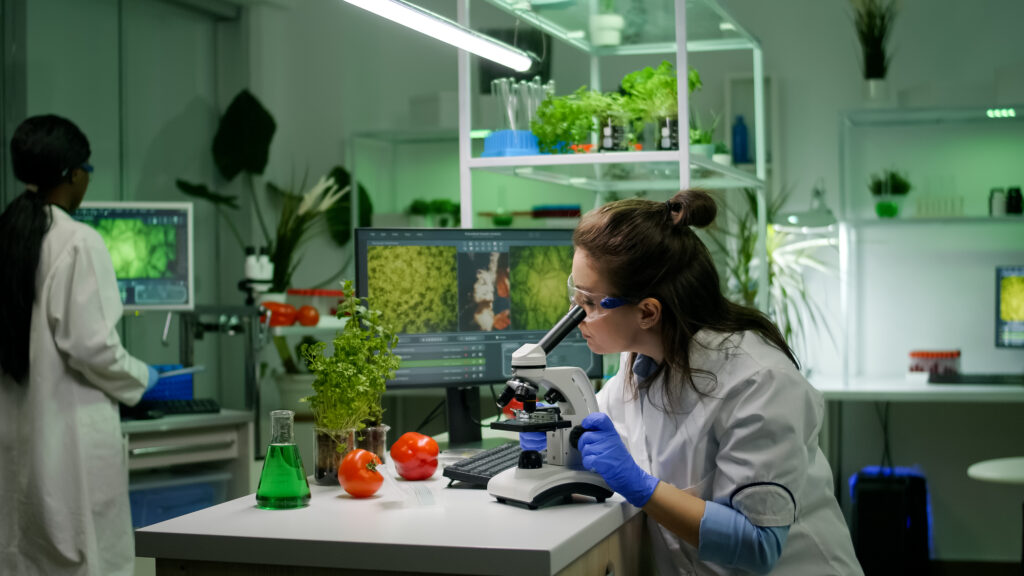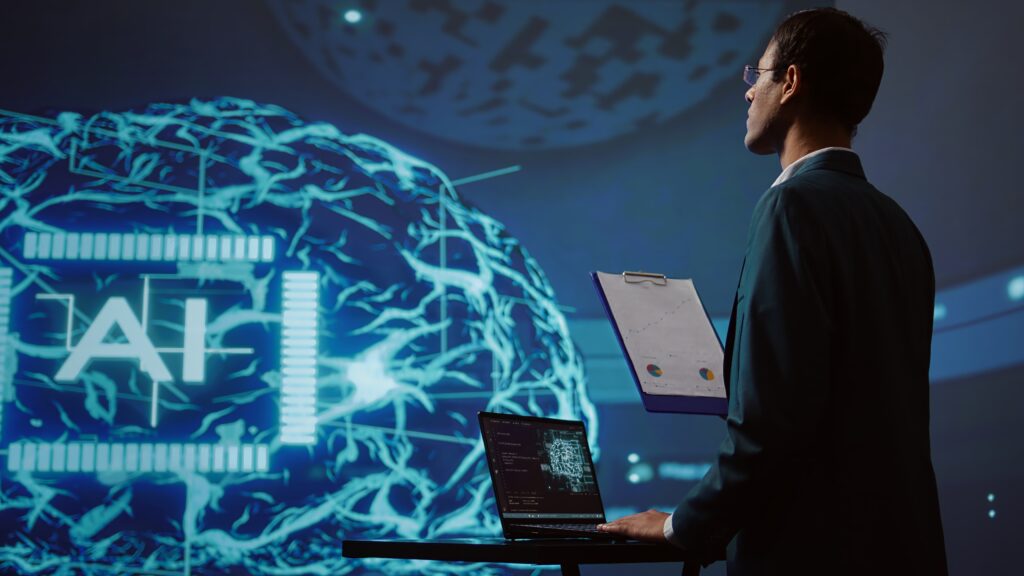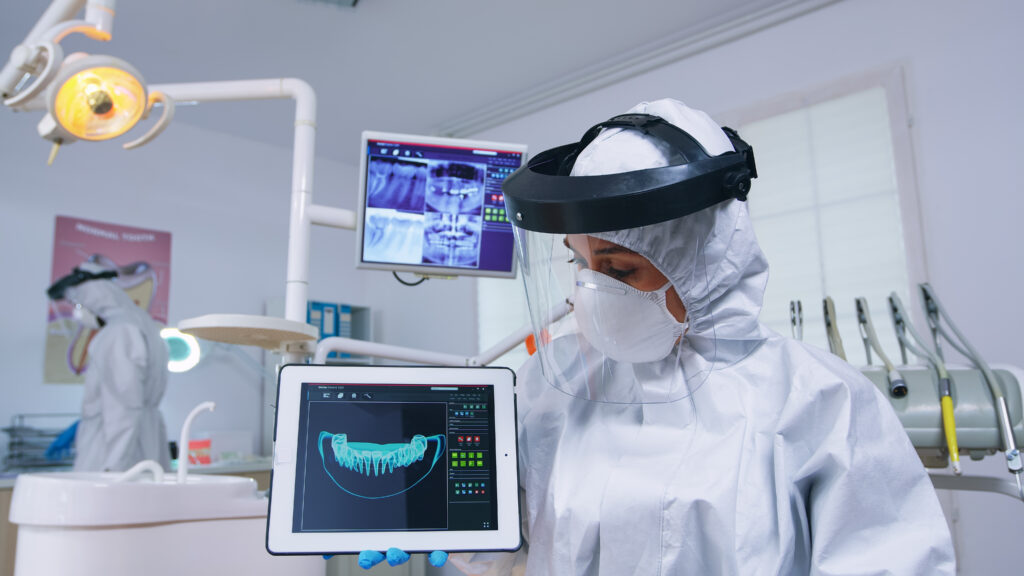In today’s fast-paced digital world, cloud computing CRM solutions have transformed the way organizations manage customer relationships and business operations. These innovative platforms combine the power of the cloud with intelligent customer relationship management (CRM) tools, helping businesses streamline data access, enhance collaboration, and improve customer satisfaction. With the growing reliance on digital transformation, cloud computing CRM solutions have become a vital component of business growth and scalability.
What Are Cloud Computing CRM Solutions?
Cloud computing CRM solutions are online platforms that integrate CRM software with cloud technology. Unlike traditional on-premise systems, these tools store customer data, sales information, and analytics on secure cloud servers. This means teams can access information anytime, anywhere — whether from the office, home, or on the go. Popular cloud computing CRM solutions like Salesforce, HubSpot, and Zoho CRM empower businesses to manage leads, automate sales processes, and analyze customer behavior without the hassle of local installations.
Why Businesses Are Switching to Cloud-Based CRMs
The shift toward cloud computing CRM solutions is driven by flexibility and cost-efficiency. Traditional CRMs often require expensive infrastructure, maintenance, and manual updates. In contrast, cloud computing CRM solutions provide automatic updates, real-time data syncing, and scalable storage. Businesses can easily add users, integrate new tools, and track performance metrics through a single interface.
Moreover, the integration of artificial intelligence (AI) within cloud computing CRM solutions allows predictive analytics, customer segmentation, and automated workflows that save time and improve decision-making. Companies now rely on these solutions not only for sales and marketing but also for improving overall customer engagement.
Key Benefits of Cloud Computing CRM Solutions
- Remote Accessibility: Employees can log in from anywhere, ensuring continuous productivity.
- Data Security: Most cloud computing CRM solutions use encrypted servers and two-factor authentication to protect customer data.
- Cost Savings: Businesses save money by eliminating expensive servers and IT maintenance.
- Automatic Updates: Updates are handled by service providers, reducing downtime.
- Integration Flexibility: These platforms integrate easily with email, ERP, and marketing automation tools.
With these advantages, cloud computing CRM solutions give small and large enterprises a competitive edge in customer experience management.
The Future of Cloud Computing CRM Solutions
As technology evolves, cloud computing CRM solutions are becoming smarter and more interconnected. AI-driven chatbots, advanced analytics dashboards, and personalized customer journeys are redefining business strategies. Future CRMs will likely merge with technologies like IoT (Internet of Things) and machine learning to offer deeper insights into customer behavior.
Organizations that adopt cloud computing CRM solutions early will continue to lead in innovation, customer retention, and digital agility. With global businesses focusing on automation and scalability, the role of these systems will only grow in importance.
Conclusion
In conclusion, cloud computing CRM solutions are the backbone of modern customer management. They empower companies to stay connected, improve efficiency, and drive revenue growth. Whether you are a startup or an enterprise, adopting cloud computing CRM solutions can transform your customer service and streamline your business processes. In a world driven by data and connectivity, investing in reliable cloud computing CRM solutions is not just a choice—it’s a strategic necessity for long-term success.
FAQs About Cloud Computing CRM Solutions
What are cloud computing CRM solutions?
Cloud computing CRM solutions are customer relationship management systems hosted on the cloud. They allow businesses to manage sales, customer data, and communication remotely, without needing on-site servers or manual updates.
How do cloud computing CRM solutions benefit small businesses?
For small businesses, cloud computing CRM solutions offer affordability, scalability, and ease of use. They eliminate the need for expensive IT setups and give teams access to real-time customer information from any device, helping improve sales and customer support efficiency.
Are cloud computing CRM solutions secure?
Yes. Most cloud computing CRM solutions follow strict security standards like data encryption, two-factor authentication, and regular backups. Trusted providers such as Salesforce and HubSpot also comply with international privacy regulations like GDPR and CCPA to protect user data.
Which companies provide the best cloud computing CRM solutions?
Some of the best cloud computing CRM solutions available today include Salesforce, HubSpot CRM, Zoho CRM, Microsoft Dynamics 365, and Pipedrive. These platforms are known for their user-friendly dashboards, strong data security, and customizable automation features.































